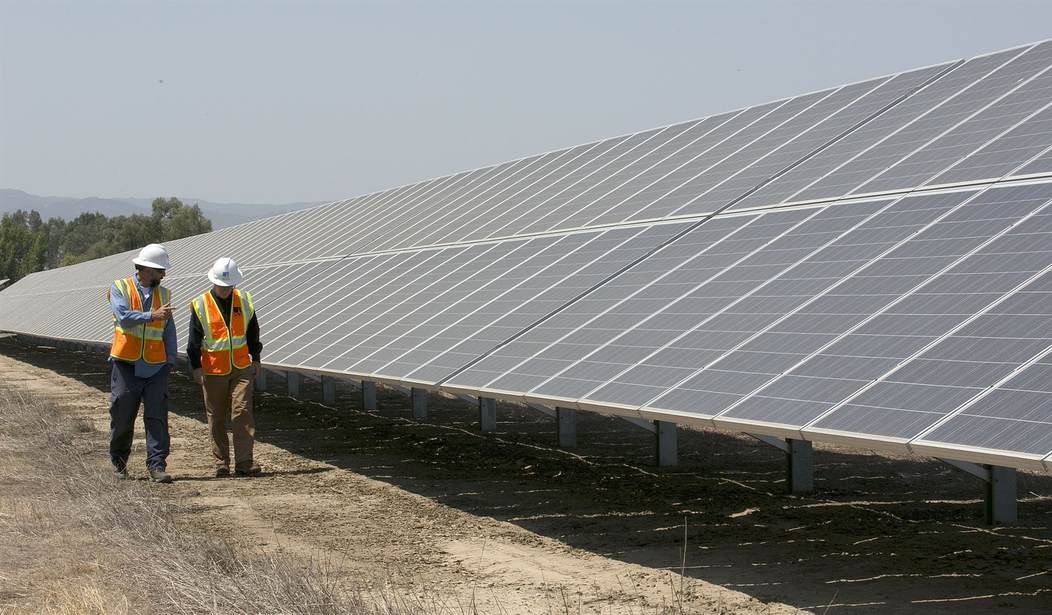Like many blue states, Massachusetts was an early adopter of the solar power craze, pushing through government subsidies to spur development and setting up solar panels everywhere they could be jammed into place. But now the solar wave is slowing to a crawl, making the state what the Boston Globe describes as “a victim of early success on solar.” Hundreds of previously approved projects that were billed as being capable of producing 400 megawatts of energy are sitting idle. And there seems to be a great deal of confusion about what went wrong in the planning stages.
The dairy barn at The Farm School in Athol is home to about a dozen cows, a few small rooms filled with cold tanks and pasteurizing equipment, and, most days, classes of Boston-area middle schoolers learning about work, farming, and being good environmental stewards.
By now, the barn could also have been home to 88 solar panels to help power the farm’s operations and offer another lesson for visiting students — one about clean energy, and how everyone has to do their part to address the climate crisis.
But The Farm School has run into a hurdle that’s tripping up communities, nonprofits and solar developers across the state: a maxed-out electric grid that’s slowing Massachusetts’ progress on solar energy to a crawl at the very time that it ought to be soaring.
This isn’t a situation where they are short of solar panels or other required equipment. The problem is that the people approving all of these projects don’t seem to have known a lot about how the power grid actually works. When you install a new power-generating source of any type, it needs to be hooked up to the grid. (Obviously.) However, each type of power plant has its own unique connection structure. And it’s not just a question of how you hook it up, there is also the question of where you can put them. Too many in one area can overwhelm the grid while other areas go without power.
That’s what appears to have tripped up the planners in Massachusetts. The negative results have been measurable. Two years ago the state was 11th in the nation for new solar installations. This year they fell to 27th. The Governor currently projects that they will be able to generate six gigawatts of solar energy by 2028. They had originally claimed that they would reach ten gigawatts by then.
It also appears that while solar installations are still being constructed all across the country, the technology hasn’t kept up with earlier promises and projections. One of the major hindrances for solar is its “capacity factor.” That’s a fancy way of describing not only how much power it can produce, but how much of the time it is actually putting out that power and how often it is idle.
Like other renewables that rely on weather, solar is held back by its “capacity factor”, essentially how often it is producing electricity. A coal power station runs at 70-80% capacity. In northern Europe, solar panel capacity factor is just 15%. This reduces its competitiveness significantly.
So instead of the continued exponential growth that is modelled by the Oxford team, Qin predicts “moderate growth in solar could continue as seen in recent years, but the growth will flatten out, turning into an S curve”.
Coal and oil plants work as long as you have fuel and people to operate them. Solar doesn’t work at night and it runs at lower capacity when it’s cloudy. Wind turbines don’t produce energy if the wind isn’t blowing. Also, if it weren’t for all of the government subsidies behind these projects (that you generously pay for with your tax dollars), they would be too expensive to reach the break-even point for a very long time and people would steer clear of them. What Massachusetts was really being sold appears to have been a bill of goods.








Join the conversation as a VIP Member